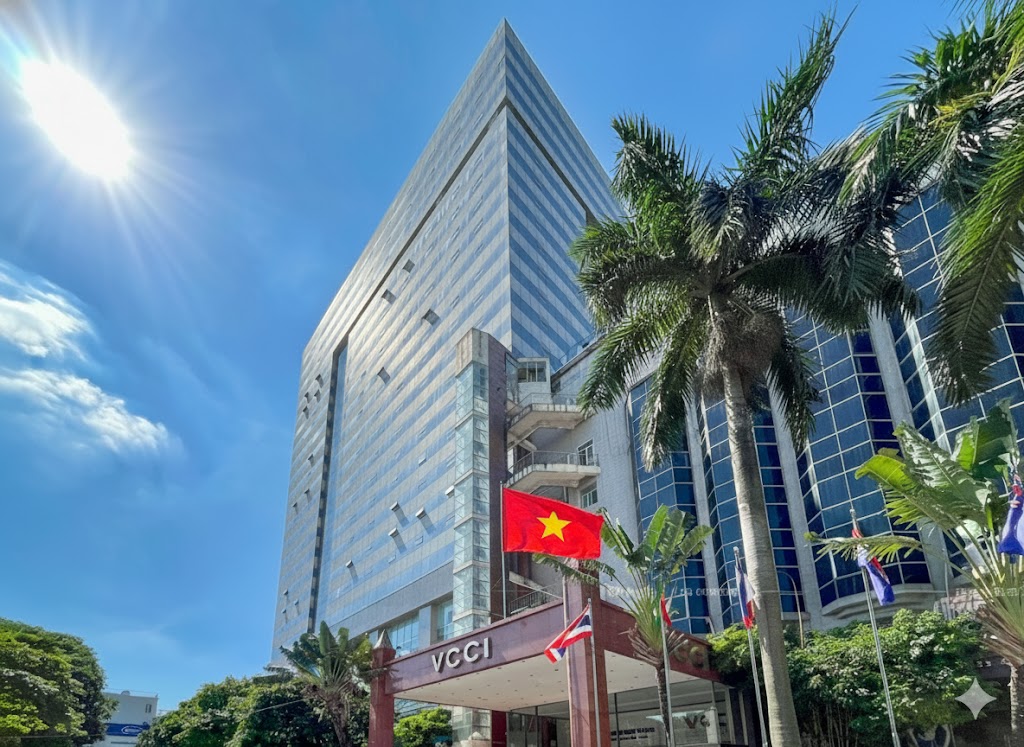Response to US’s new aluminium and steel tariffs policy
Import tariffs on aluminium and steel entering the US market officially doubled from 25% to 50%, following an executive order recently signed by US President Donald Trump.

This move by President Trump is aimed at fulfilling his promise to protect jobs for US citizens, revive domestic industry, and reduce dependence on foreign supply sources.
While the new tariff level may bring short-term benefits to the US, in the long term it could lead to negative consequences due to concerns over potential supply chain disruptions, supply surplus, and rising metal prices which are already casting a “shadow” over the global steel market.
Although the US market only accounts for 14% of Viet Nam’s total aluminium and steel exports, with a turnover of approximately 1 billion USD, the impact of the new tariffs should not be underestimated. As Viet Nam both exports and imports steel, it is certain to be hit with a dual impact.
The sudden rise in tariffs could trigger a chain reaction, leading to a restructuring of supply chains and causing upheaval in global trade flows, as major steel-producing countries such as China, the Republic of Korea, Canada, Mexico, and even the EU are forced to seek alternative export destinations to offload excess inventory.
The ASEAN region, including Viet Nam, is viewed as a promising consumer market thanks to stable economic growth and high demand in construction and industry.
In such a scenario, oversupply in the market is likely to trigger a price-cutting spiral. Meanwhile, input and production costs in Viet Nam’s steel industry have not seen corresponding improvements, which could further erode the already thin profit margins of enterprises in the sector.
This in turn may affect their ability to reinvest, sustain operations, and could even drag domestic enterprises into unnecessary trade defense and anti-dumping evasion lawsuits.
In the immediate term, with the 50% tariff now officially in effect, Vietnamese steel enterprises must promptly and proactively review all existing commercial contracts with US partners to assess potential risks. Based on this, they should develop appropriate plans to adjust export volumes or redirect shipments to alternative markets in order to minimise the impact.
Looking further ahead, whether fully implemented or amended in the near future, this policy serves as a stark warning about the volatility and unpredictability of global trade in an era marked by the resurgence of industrial protectionism.
Given the achievements made so far, the Vietnamese steel industry must not stop at merely reacting to temporary fluctuations. Instead, it needs to formulate a long-term, sustainable development strategy which does not rely solely on price competitiveness but also prioritises quality, credibility, internal capacity building, technological upgrading, and improvements in production processes to enhance productivity and product quality.
Moving towards investment in “green steel”, high-grade structural steel, and premium cold-rolled steel to meet the stringent standards of demanding markets is the pathway to generating added value that is both sustainable and long-lasting, rather than focusing narrowly on output.
On the part of the state, alongside proactive bilateral and multilateral negotiations to defend the legitimate interests of Vietnamese businesses against non-tariff trade barriers, it is imperative to prioritise a facilitative role. This can be achieved by introducing credit support policies, encouraging technological investment, and removing administrative obstacles so that steel enterprises can swiftly shift their production and innovation strategies towards greener and more sustainable directions.
Only by doing so can we transform challenges into driving forces, enabling the Vietnamese steel industry not only to maintain its resilience but also to expand its reach and strengthen its standing on the global steel map.








